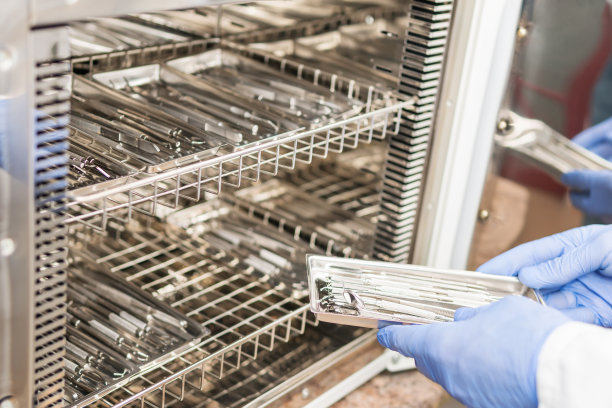The Essential Guide to Extracting a Tooth and What to Expect in the Healing Process
Summary: Tooth extraction is a procedure that many may face due to various dental issues. Understanding the process and what to expect during recovery can alleviate anxiety for patients. This guide covers the preparation needed for extraction, the procedure itself, aftercare necessities, and the healing process. Each aspect is crucial in ensuring a smooth experience and reducing complications. By knowing what to expect, patients can better prepare themselves for a successful recovery.
1. Preparing for a Tooth Extraction

Preparation is key for a successful tooth extraction. Prior to your appointment, a thorough dental examination is conducted. This may include X-rays to determine the tooths position and condition. Your dentist will discuss any medical history and medication you are currently taking, as this information is vital for minimizing risks.
You should also prepare questions for your dentist. It’s important to understand why the extraction is necessary, the techniques that will be used, and what type of anesthesia will be employed. By discussing these aspects, patients can feel more involved and informed.
Finally, arrange for transportation post-extraction if you will receive sedation. Having someone accompany you ensures that you can return home safely and may help ease any anxiety you have about the procedure.
2. The Tooth Extraction Procedure
The tooth extraction procedure typically begins with the administration of anesthesia. Local anesthesia is most common, but sedation options are available for those who prefer a more relaxed state during the removal. The dentist will then carefully loosen the tooth from its socket using specific instruments.
Once the tooth is loosened, manual extraction is performed. The dentist may need to employ some techniques to ensure that the entire tooth is removed without leaving any fragments behind. In some cases, for difficult extractions, surgical intervention may be required, involving incisions to remove parts of the gum or bone.
After the extraction, the dentist will provide care instructions and may apply gauze to the site to manage bleeding. It’s crucial that patients follow these guidelines to promote efficient healing and recovery.
3. Aftercare for a Successful Recovery
Post-operation care is critical for recovery after tooth extraction. The first step is managing bleeding by applying gauze as instructed. Patients should avoid vigorous rinsing or touching the extraction site to prevent dislodging any blood clots that form.
Diet is also an important factor during recovery. It’s best to stick with soft foods and avoid hot, spicy, or hard foods that could irritate the site. Staying hydrated while avoiding straws is also recommended, as sucking can dislodge the blood clot.
Pain management is often necessary, and your dentist may prescribe pain relievers or recommend over-the-counter medications. If pain persists or worsens, you should contact your dental care provider to ensure no complications have arisen.
4. Understanding the Healing Process
Healing can take time, and understanding the process can help manage expectations. Initially, swelling and discomfort are common in the first 24 to 48 hours post-extraction. Applying ice packs to the outside of the face can help reduce swelling.
As the initial pain subsides, its essential to monitor the site for signs of infection, such as unusual swelling, pus, or fever. Generally, within a week, most patients experience significant improvement, and stitches, if any, may dissolve or be removed by the dentist.
Complete healing of the gum tissue and bone can take several weeks or even months. Regular follow-up appointments will allow your dentist to ensure that the area heals correctly and to address any concerns you might have during the recovery process.
In summary, understanding the process of tooth extraction and the subsequent healing is critical for a smooth experience. Proper preparation, knowledge of the procedure, diligent aftercare, and patience during recovery are all vital components of this journey. By taking these steps, patients can enjoy a less stressful path through tooth extraction and healing.
This article is compiled by Vickong Dental and the content is for reference only.


